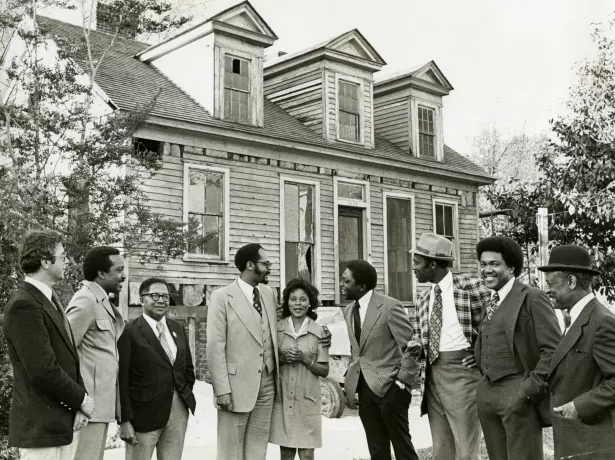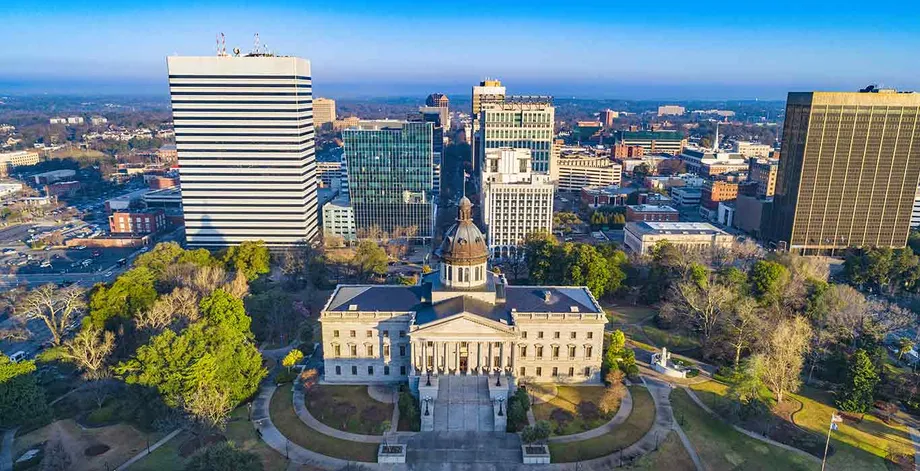
The History of Columbia, SC
Columbia, the capital city of South Carolina, boasts a rich and diverse history that spans several centuries. From its early days as a frontier settlement to its current status as a vibrant metropolitan center, Columbia’s story is deeply intertwined with the broader narrative of the United States.
Early Beginnings and State Capital Designation
Columbia’s history dates back to 1786, when the South Carolina legislature decided to move the state capital from Charleston to a more central location. This decision was part of a compromise to ease tensions between the Low Country plantation owners and the small farmers of the Up Country. The city was officially established on the east bank of the Congaree River, at the confluence of the Broad and Saluda rivers. The site was chosen for its central location in the state, and the city was laid out in a two-mile square along the river.
Growth and Development in the 19th Century
Throughout the 19th century, Columbia experienced significant growth and development. It received its first charter as a town in 1805 and was later chartered as a city in 1854. The University of South Carolina, the state’s flagship university, was founded in Columbia in 1801, further cementing the city’s status as an educational hub. By 1816, Columbia had over 250 homes and a population exceeding 1,000. The city’s economy during this period was largely driven by cotton, and it became a major center for the cotton trade.
The Civil War and Reconstruction
Columbia played a crucial role during the American Civil War. It was a key transportation center and housed several Confederate agencies. In 1865, the city was occupied by Union troops and was almost entirely destroyed by fire. The State House, which was still under construction when the war began, was damaged by Union artillery but was later rebuilt and marked with bronze stars to indicate where it had been struck.
20th Century and Modern Growth
In the 20th century, Columbia continued to grow and diversify its economy. It became a regional textile manufacturing center and developed as a wholesale and distribution hub. The city also made significant strides in education, with the establishment of several colleges and universities. Columbia’s cultural landscape expanded with the founding of the Columbia Museum of Art and the development of the Town Theatre, one of the oldest community theaters in the United States.
Columbia Today
Today, Columbia is known for its rich history, educational institutions, and cultural attractions. It is home to the University of South Carolina, several other colleges, and numerous historical sites, including the State House and the Robert Mills Historic House. The city continues to be a center for government, industry, and agriculture, with a diversified economy that supports a growing population.
Conclusion
Columbia’s history is a testament to its resilience and adaptability. From its early days as a compromise location for the state capital to its current status as a bustling capital city, Columbia has continually evolved, reflecting the dynamic history of South Carolina and the United States.
Map of Columbia, SC
Columbia, SC Weather
Questions and Answers about Columbia, SC
Q1: When was Columbia, South Carolina, established as the state capital? A1: Columbia was established as the state capital in 1786. The South Carolina legislature decided to move the capital from Charleston to a more central location to ease tensions between different regions of the state.
Q2: What is the significance of the University of South Carolina in Columbia? A2: The University of South Carolina, founded in 1801, is significant as the state’s flagship university and one of the oldest public universities in the United States. It has played a crucial role in the educational and cultural development of Columbia.
Q3: How did the Civil War affect Columbia? A3: During the Civil War, Columbia was a key transportation center and housed several Confederate agencies. In 1865, the city was occupied by Union troops and suffered extensive damage due to a fire that destroyed much of it, including significant damage to the State House.
Q4: What are some notable cultural institutions in Columbia? A4: Columbia is home to several cultural institutions, including the Columbia Museum of Art, known for its collection of Italian Renaissance paintings, and the Town Theatre, one of the oldest community theaters in the United States, operating continuously since 1919.
Q5: What is the historical significance of the State House in Columbia? A5: The State House in Columbia is historically significant as it was under construction during the Civil War and was struck by Union artillery. The damage was marked with bronze stars, which remain as a reminder of the city’s turbulent past during the war. The State House is a key landmark and symbolizes Columbia’s resilience and historical importance.


